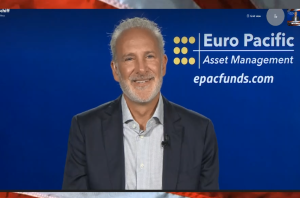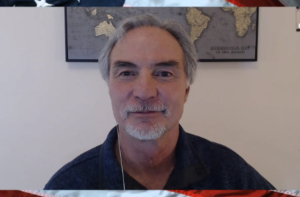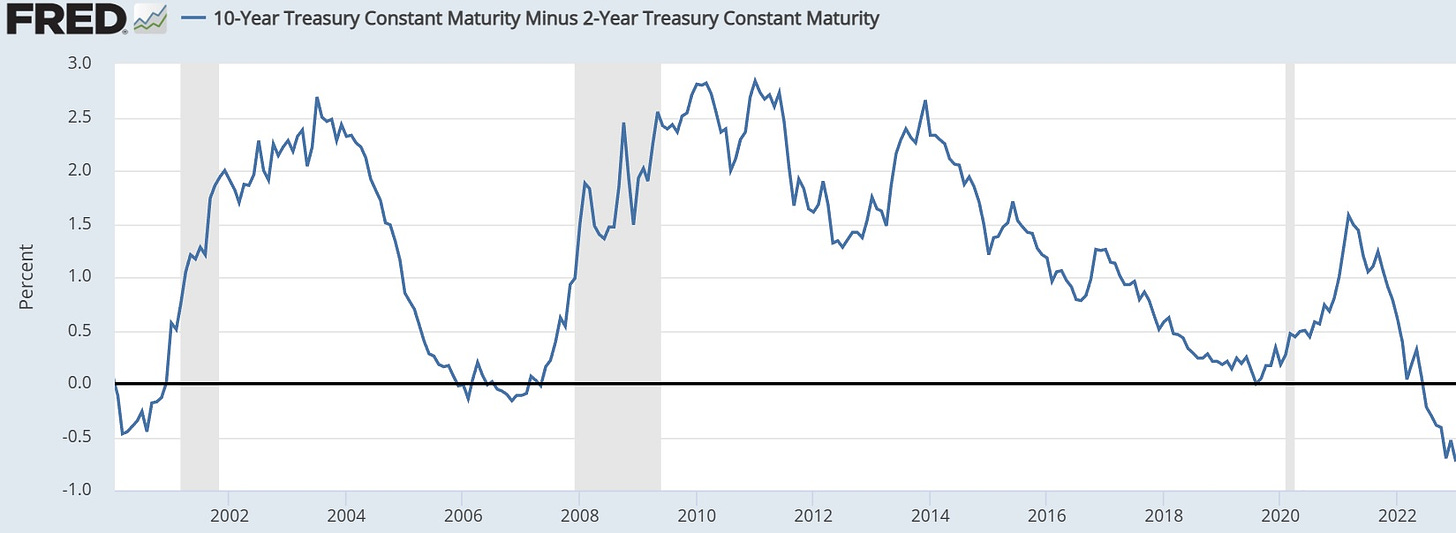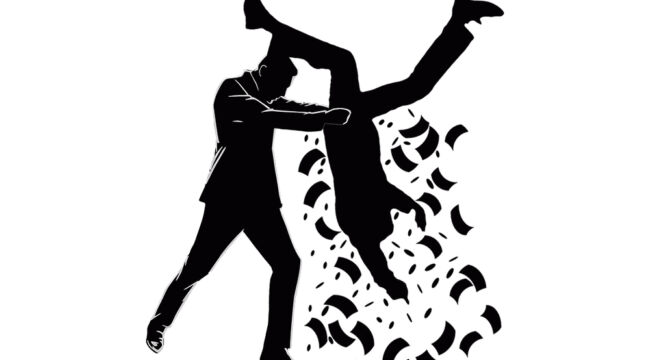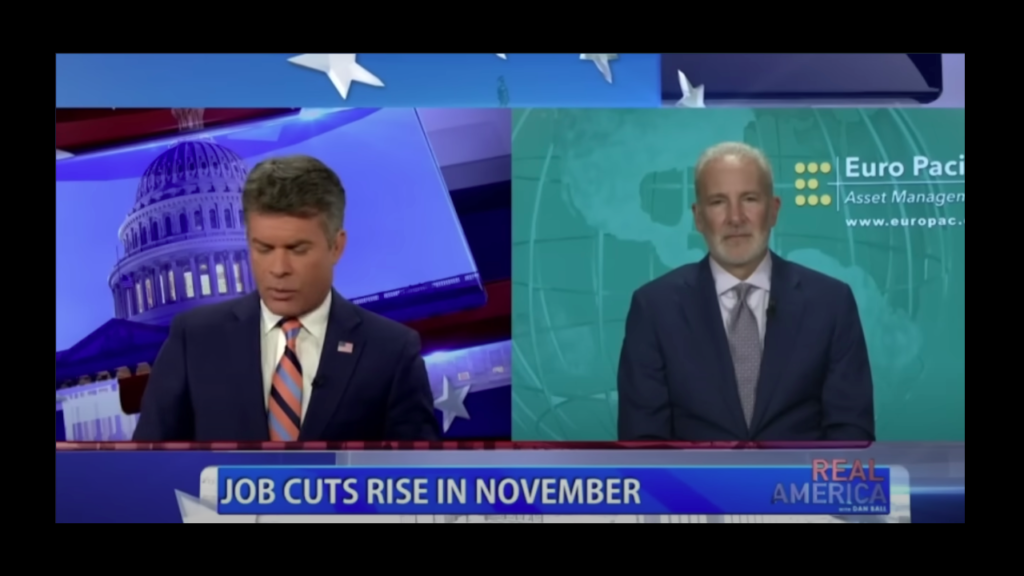As the price of everything, including debt, continues to soar, life is getting harder and harder for the UK’s heavily indebted businesses.
Business insolvencies in the UK surged by 57% in 2022, to 22,109, according to the latest data from the Insolvency Service, a UK government agency that deals with bankruptcies and companies in liquidation. It is the highest number of insolvencies registered annually since 2009, at the height of the Global Financial Crisis.
Last year “was the year the insolvency dam burst,” said Christina Fitzgerald, the president of R3, the insolvency and restructuring trade body. Insolvencies peaked in the fourth quarter, underscoring the compounding pressures on companies grappling with surging costs and rapidly slowing economic activity.
“Supply-chain pressures, rising inflation and high energy prices have created a ‘trilemma’ of headwinds which many management teams will be experiencing simultaneously for the first time,” Samantha Keen, UK turnround and restructuring strategy partner at EY-Parthenon and president of the Insolvency Practitioners Association (IPA), told the Financial Times. “This stress is now deepening and spreading to all sectors of the economy as falling confidence affects investment decisions, contract renewals and access to credit.”
Other headwinds include soaring interest rates, falling consumer demand, nationwide strikes, lingering Brexit-induced supply chain issues, an epidemic of quiet quitting and both chronic and acutely bad government.
Closest to the Edge
None of this, of course, should come as a surprise. Of all the large economies in Europe, the UK’s is arguably closest to the cliff edge. As newspaper headlines trumpeted this week, the UK economy this year will probably fare worse than Russia’s sanction-hit economy, according to the IMF’s latest forecasts. But then the same could be said of many other European economies, including Germany and Italy.
…click on the above link to read the rest…



